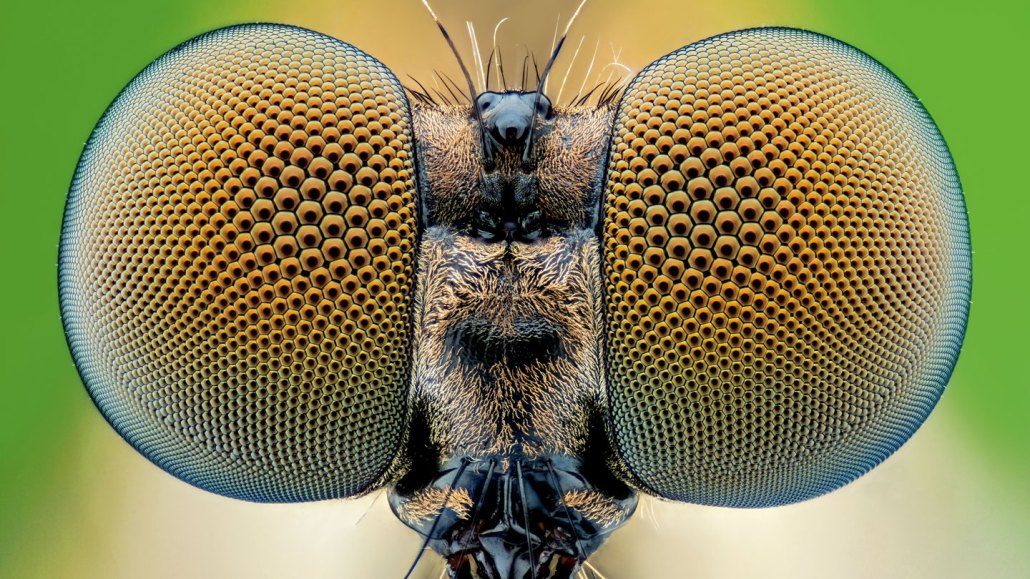
Animals
Scientists Say: Compound Eye
Compound eyes made up of many smaller visual structures may not produce crisp images, but they offer a great field of view.
Come explore with us!

Compound eyes made up of many smaller visual structures may not produce crisp images, but they offer a great field of view.

Microbes vastly outnumber multicellular life on Earth. A close-up look at protists highlights how much we don't know about the microscopic world.

Called lianas,these vines are growing out of control. They may cause tropical forests to absorb less carbon dioxide — worsening climate change.

Researchers in Sweden coaxed wood to conduct electricity, then used it to make a climate-friendlier building block of electronics.

This cellulose and lignin, two major building blocks of trees, could lead to greener electronics.

As they mature, these leaves lose their ability to detect threatening scents.

Most people are familiar with sight, hearing, smell, taste and touch –– but there are others. Learn about them here.

Animals with spines, or vertebrates, come in all shapes and sizes.

These fibrous networks are the reason plants think fungi are such "fun guys.”

Left untreated, it can lead to lasting problems, even in kids who appear otherwise healthy. Learn the signs and what to do.